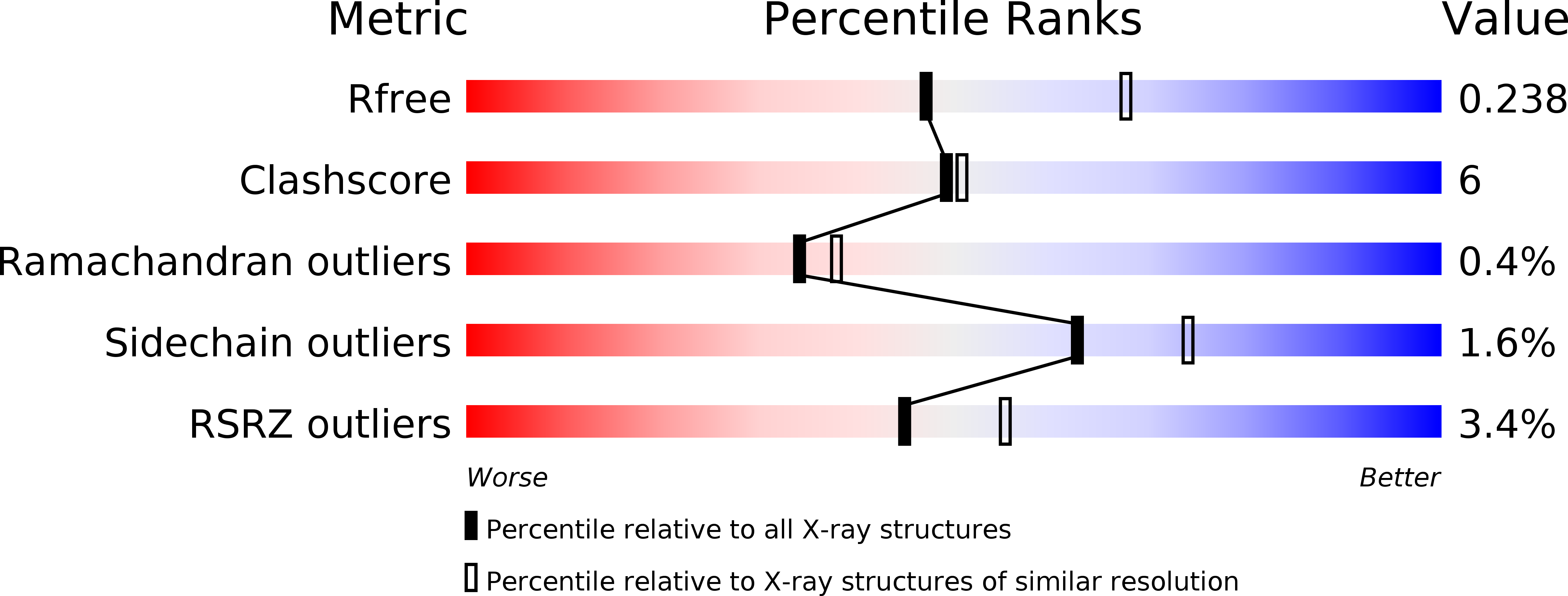
Deposition Date
2013-02-07
Release Date
2014-07-23
Last Version Date
2023-09-20
Entry Detail
PDB ID:
4J4T
Keywords:
Title:
Crystal Structure of FabI from F. tularensis in complex with novel inhibitors based on the benzimidazole scaffold
Biological Source:
Source Organism:
Francisella tularensis subsp. tularensis (Taxon ID: 177416)
Host Organism:
Method Details:
Experimental Method:
Resolution:
2.34 Å
R-Value Free:
0.24
R-Value Work:
0.19
R-Value Observed:
0.20
Space Group:
P 21 21 21


